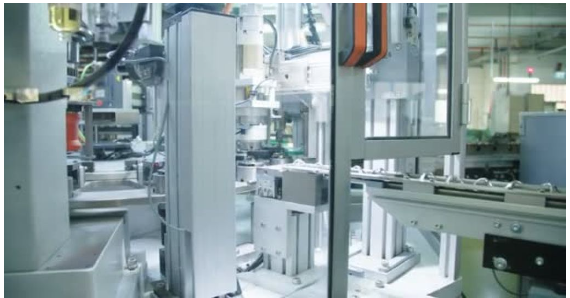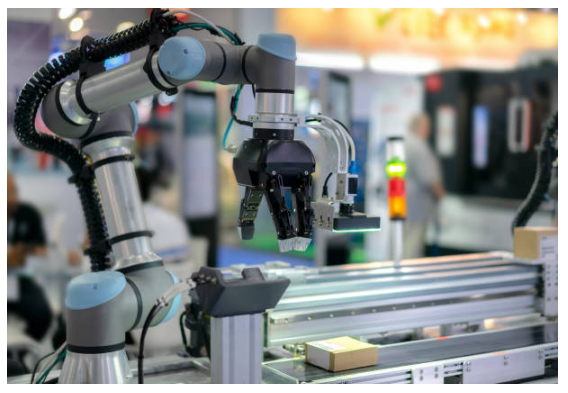Industrial automation is the process of automating manufacturing processes and operations to increase productivity, efficiency, and accuracy. This type of automation involves the use of programmable logic controllers (PLCs), robots, and other machines to control production systems and reduce human intervention.

Industrial automation Auckland has been around for some time now, but its development has accelerated in recent years due to advances in robotics technology. With industrial automation, companies can automate large-scale processes such as assembly lines or packaging operations with minimal human input. This allows businesses to significantly reduce labour costs while increasing productivity levels and decreasing production errors.
A key component of industrial automation is the PLCs that are used to control production equipment such as robots or conveyor belts. A PLC is a digital computer system that reads incoming data from sensors connected to it and sends out commands based on pre-programmed instructions stored in its memory. By combining logic programming with hardware components like motors, actuators, sensors etc., a PLC can be used for automated control over various types of machinery in an industrial setting.
Benefits of Automation in the Industrial Sector
The industrial sector is one of the most important sectors in any economy. It is responsible for providing the goods and services that are essential for economic growth and development. Automation has become a major factor in improving productivity, efficiency, and cost-effectiveness in the industrial sector. Automation has revolutionized many aspects of industrial processes, leading to improved performance and increased profits.
One of the primary benefits of automation in the industrial sector is increased productivity. Automation allows machines to work faster than humans, which leads to better output with fewer resources. This increased efficiency can lead to higher profitability as well as cost savings from reduced labour costs. Additionally, automation decreases downtime by eliminating manual tasks which can reduce production delays due to human error or fatigue-related issues. In some cases, automating a process may even eliminate an entire job position resulting in further savings for an organization’s bottom line.
Types and Components of Automation Systems
Automation systems have become increasingly important in modern manufacturing, allowing us to automate complex processes and increase productivity. Automation systems are composed of several components that allow them to operate efficiently and reliably. In this article, we will discuss the different types of automation systems and their components.
The most common type of automation system is a programmable logic controller (PLC). PLCs are used for controlling automated processes such as manufacturing operations, packaging machines, and robotic arms. A PLC consists of a microprocessor, memory for storing programs and data, input/output (I/O) ports for connecting external devices such as sensors or actuators, communications ports for connecting to other controllers or computers on the network, power supply modules for providing power to connected devices and modules such as analogue I/O cards that can be used to interface with various types of inputs or outputs.
Future Prospects for Industrial Automation
The world of industrial automation is rapidly changing and evolving. With advances in technology, the potential for industrial automation is growing exponentially. It has become a powerful tool for businesses to increase efficiency, reduce costs, and improve safety. As technology continues to evolve, its prospects are becoming increasingly exciting.
One of the most promising areas for future industrial automation is robotics. Robotics has long been used in factories and other industrial settings to automate repetitive tasks such as assembly line production or hazardous material handling. However, modern robots are now being developed with greater capabilities than ever before. These advanced robots can now be programmed with sophisticated algorithms that allow them to recognize patterns and make decisions based on their environment a feat once thought impossible by humans alone! As these technologies continue to improve, they will provide even more opportunities for businesses to automate complex processes more efficiently than ever before.
Conclusion
Automation in the industry is an ever-evolving and rapidly changing field, but its potential is vast. It has the power to revolutionize processes and make them more efficient, reduce labour costs, increase production rates, reduce errors, and improve safety. Automation can also help to increase the quality of products or services while decreasing costs. In conclusion, automation industrial can provide great benefits for businesses that properly implement it into their operations.
